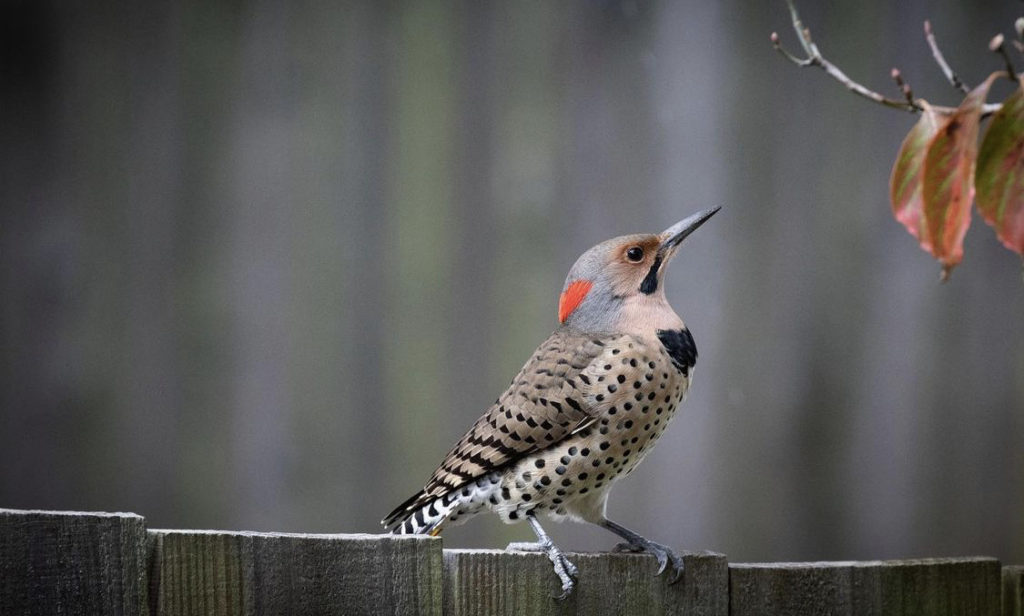
As summer draws to a close, you may have nearly exhausted your list of possible summer activities. Although your bank account is recovering from your family vacation, you still want to get out of the house, have some adventures, and try something new.
Well, friend, I have just the thing for you: Birding.
During the 2020 COVID-19 pandemic, birding saw a drastic spike in popularity, and rightfully so. People wanted to escape their houses but still avoid crowds and adhere to social distancing.
Nearly three years later, birding has maintained its booming popularity. Now, more than ever, Americans are concerned about birds and their habitats.

Why Birding?
First off, birding is an activity suitable across the entire age spectrum. Because it’s easy to learn and not many resources are required, birding is an activity that everyone in the family can enjoy.
Next, the activity level is completely up to the birder. You can travel to the far reaches of the planet and climb some treacherous precipice to get a glimpse at a rare species–or watch your feeder from the comfort of your back porch. It is completely up to you. The beauty of this is that persons of all ages and ability ranges can participate.
Lastly, and maybe most importantly, birding is relatively inexpensive.
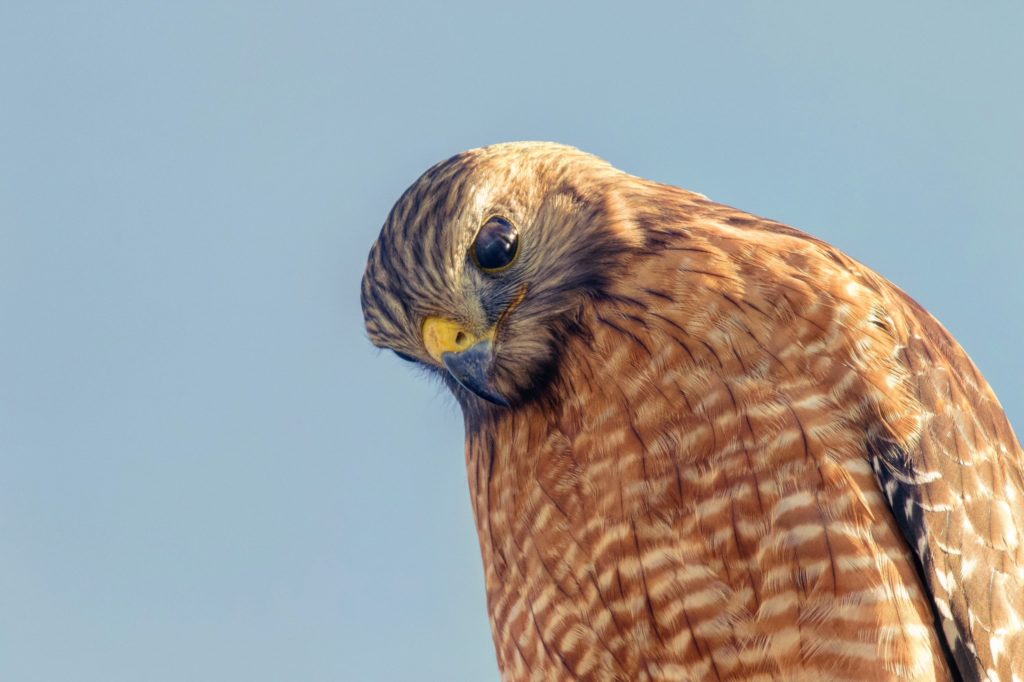
I say relatively because initially, you’ll want to invest in a pair of binoculars, and if you want to commute to your desired birding site, you’ll have to pay for gas.
However, remember that you don’t HAVE to commute. Birding can be done from literally anywhere. Walk outside, and likely you’ll see a feathered friend just waiting to be identified!
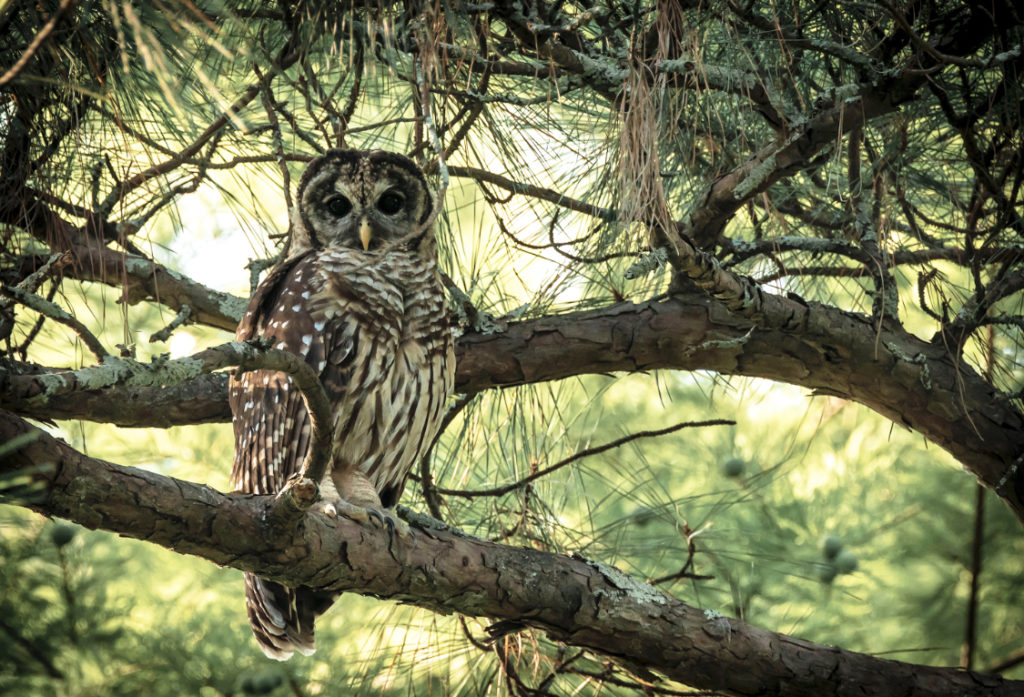
This brings me to a deeper reason for birding.
During my travels across the US, Europe, and Africa, I’ve always felt a sense of comfort and familiarity when I see a winged companion nearby. I’ve come to see them all as friends, and there is a sense of connection and “home” no matter where in the world I am. Isn’t that beautiful??
Ok, sorry, you can put away the tissues! Got a little sentimental for a second!
But, seriously, not only is birding good for you, your family, and friends, it gets you out and about, and it’s also good for BIRDS!
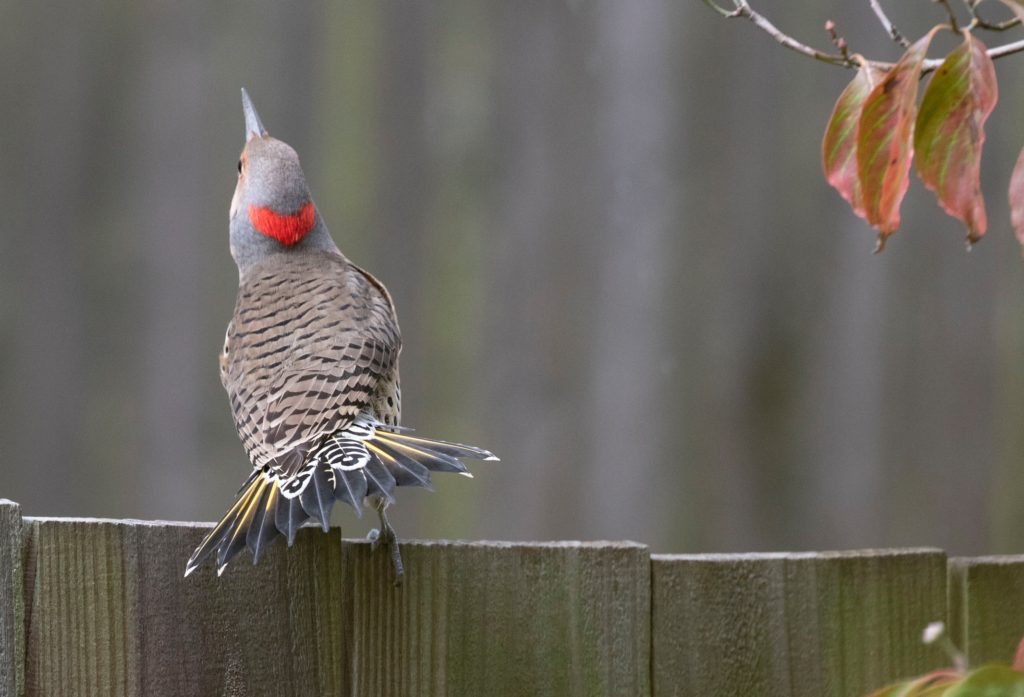
That’s right, many apps help you track which birds you’ve identified, report those identifications back to places like the Cornell Lab of Ornithology, and use that data to get a pulse on the status of species numbers, migration patterns, and the overall health of bird populations!
All of that by sitting on your back porch, watching the birds on your feeder, and reporting what you see. Citizen science has never been easier.

Getting Started
Now that you’ve decided that getting outside and helping birds at the same time sounds good, what do you need to get started?
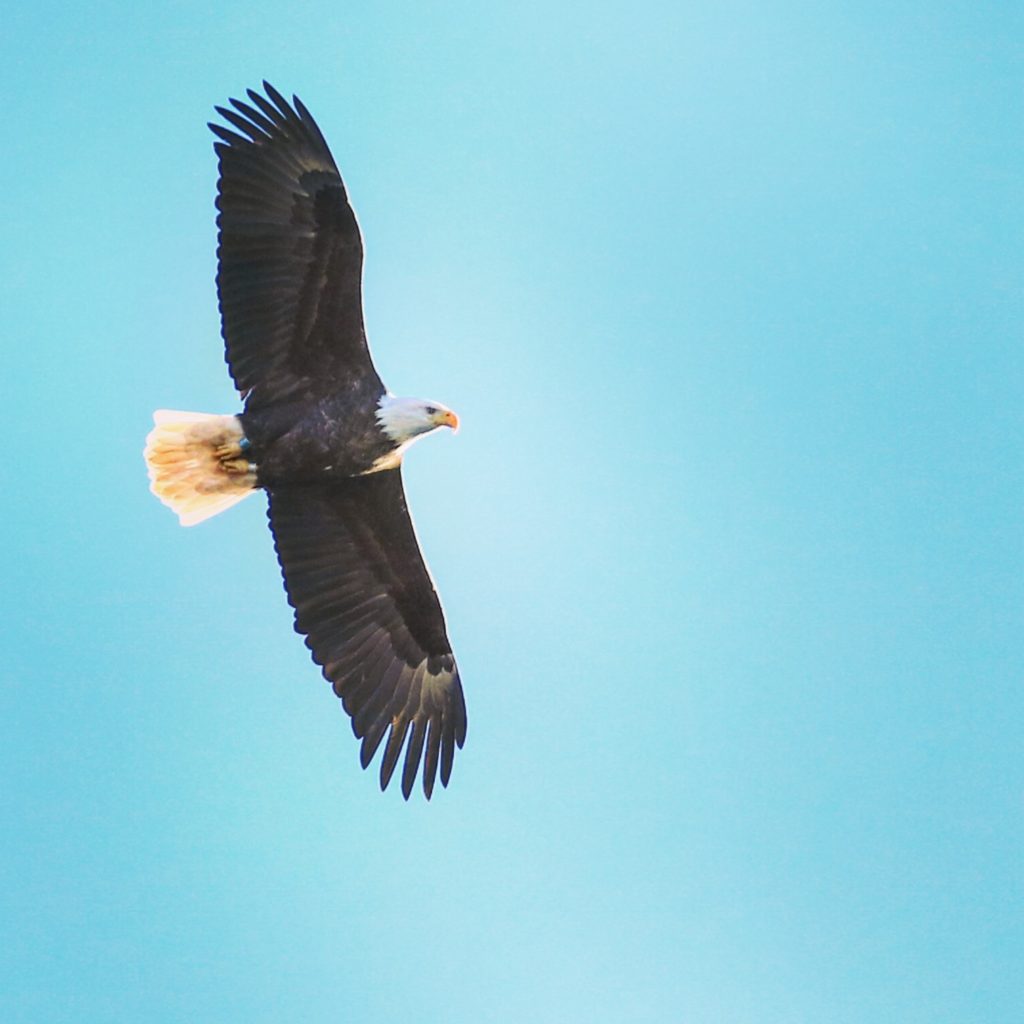
1. Invest in a Pair of Binoculars
First, binoculars. Obviously, you can walk outside and probably pretty easily identify plenty of birds with the naked eye.
However, when birds are at a distance, it will become more difficult to see the details needed to properly distinguish between various species, especially when they have similar color patterns and sizes.
This is where a good pair of binoculars becomes the essential tool for the birder. You don’t need to buy anything extra fancy, but you do want a quality pair that will last.
The Audubon Society recently conducted a poll to find the most popular binoculars in each of six price categories ranging from ‘Get in the Game’ (less than $150) to ‘Top of the Line’ ($2,000+). The complete guide can be found here.
2. Download the Merlin ID App
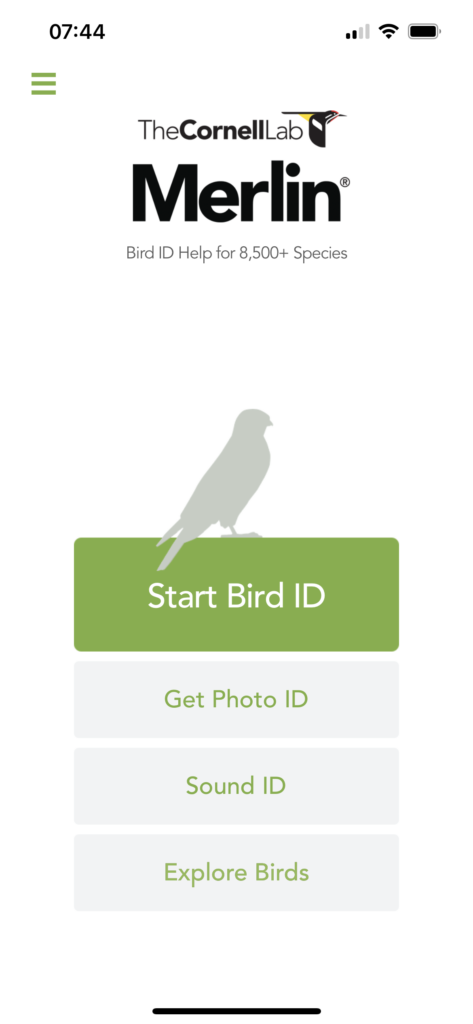
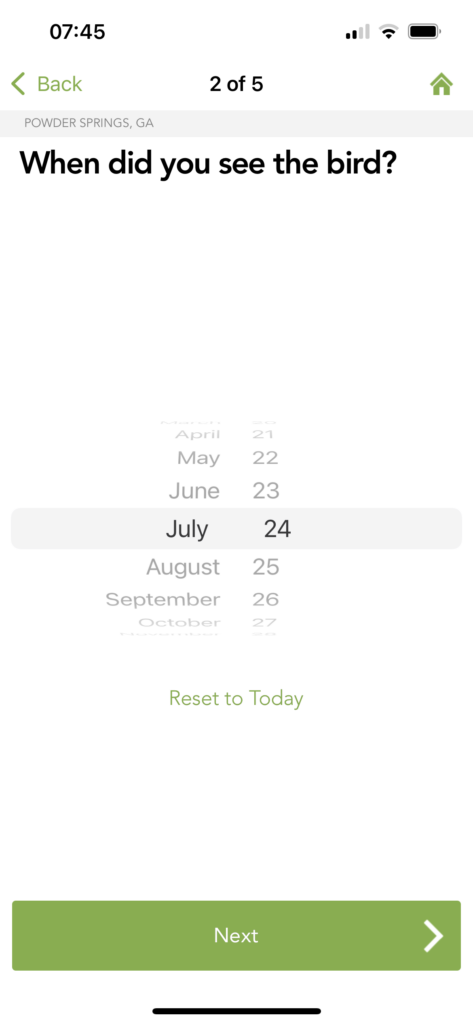
Now, you can always go with a North American bird guide book or state guide book. However, what I like about this app is that it helps you identify the bird by allowing you to enter the bird’s characteristics, and the app gives you a list of possibilities. This is SO much easier than flipping through a field guide.
Also, as you log birds in the app, it keeps a running “Life List” for you. A Life List is just what it sounds like—a running list of all the birds you’ve EVER identified. Over time, it’s pretty neat to look back and see which birds have made it to your list.
Here’s how it works:
The app will ask for the date and your location. It does this to pull a list of common birds in that region. (You will have to download Bird Packs to the app depending on where you live). It uses the date to consider birds that may be migrating through an area based on the time of year.
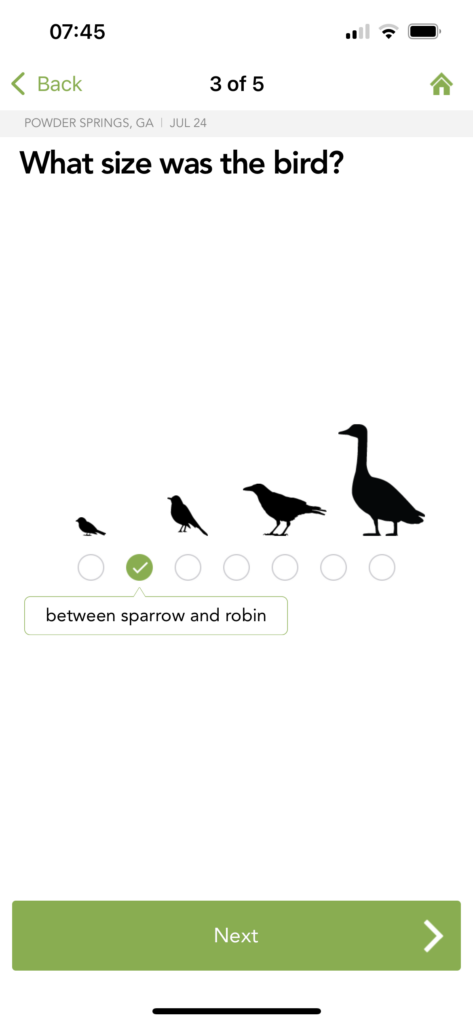
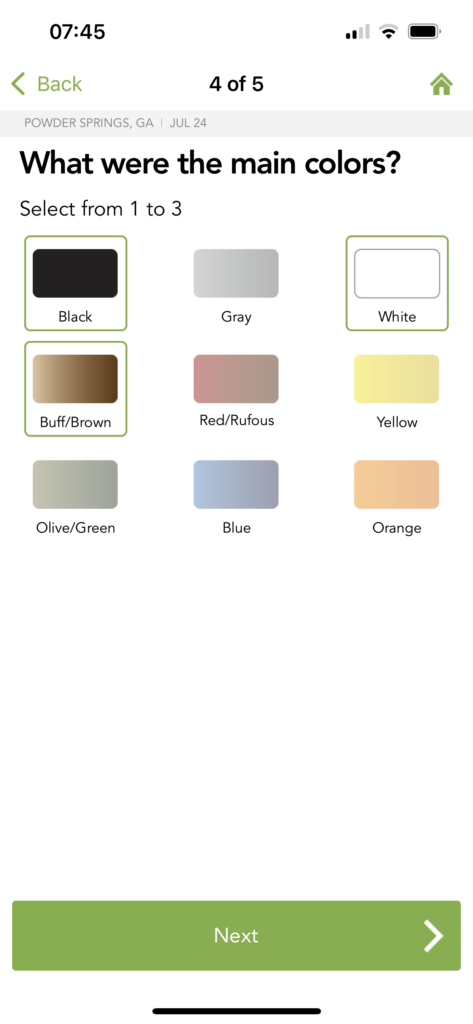
Then it will ask you the relative size of the bird, where you saw it/what it was doing, and what three colors made up its plumage.
Once you fill in this data, the app will generate a list of possibilities with several photos for each bird (to account for possible variations in color patterns) AND samples of its calls.
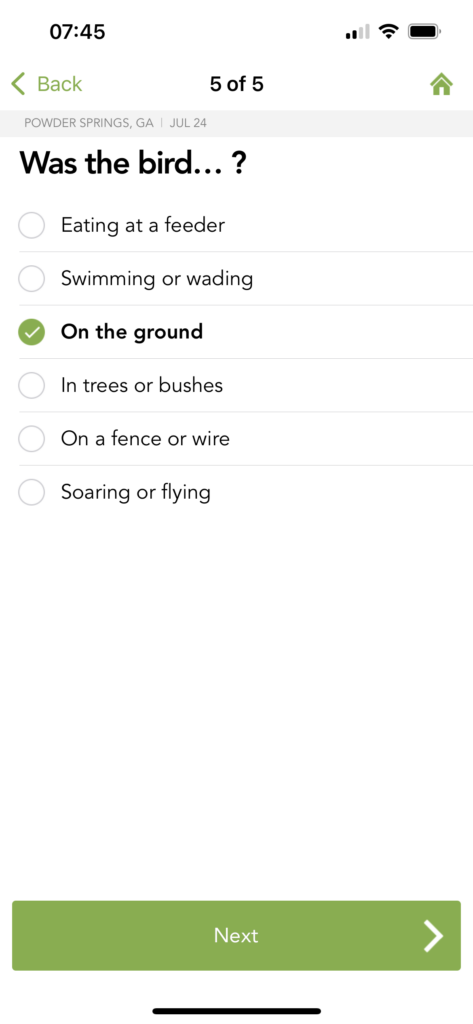
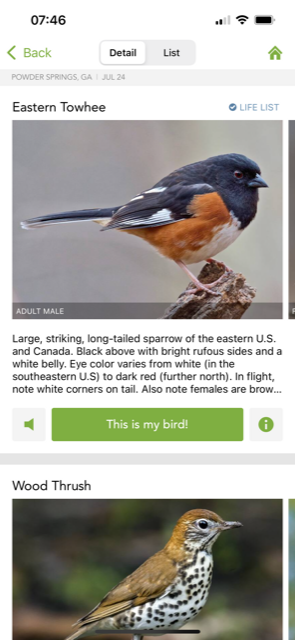
Once you find your bird, you simply hit “That’s my bird!” and it will then record the bird in your life list.
The app will ask you if you want to log the sighting with Merlin or the eBird app. For beginners, logging your bird in Merlin is the easiest route. This is one way that data is collected worldwide, and species numbers are documented.
A More Advanced Resource: The eBird App

Once you’ve been birding for a while, you may want to download the eBird app to track your sightings with an easy checklist.
eBird is an app that allows you to look up the name of the bird you’ve identified and then log the number of species you’ve seen during a birding session. It differs from Merlin ID as it does not have any features to help you identify the bird.
Therefore, eBird is for the more seasoned birder that has a decent repertoire of birds in their memory. However, I never delete my Merlin ID app because I never know when I’m going to happen upon a bird I don’t know and want to identify it!
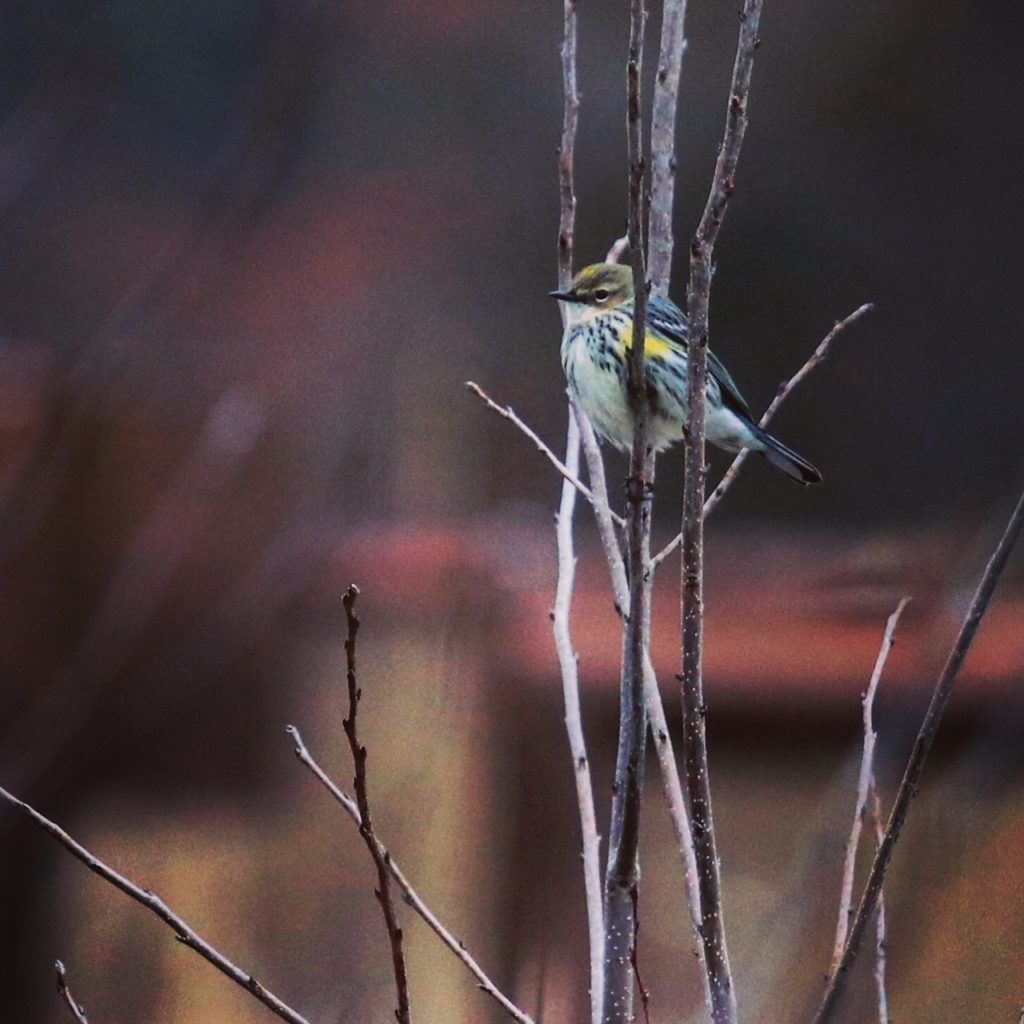
Additional Resources to Check Out
As you start your new hobby, you’ll want to check out the Audubon Society’s website and the Cornell Lab of Ornithology. Both have excellent resources to help you grow your knowledge of birds.
They also have bird cams worldwide, making the lives and habits of everything from bald eagles to Albatross easy to watch from the comfort of your home.
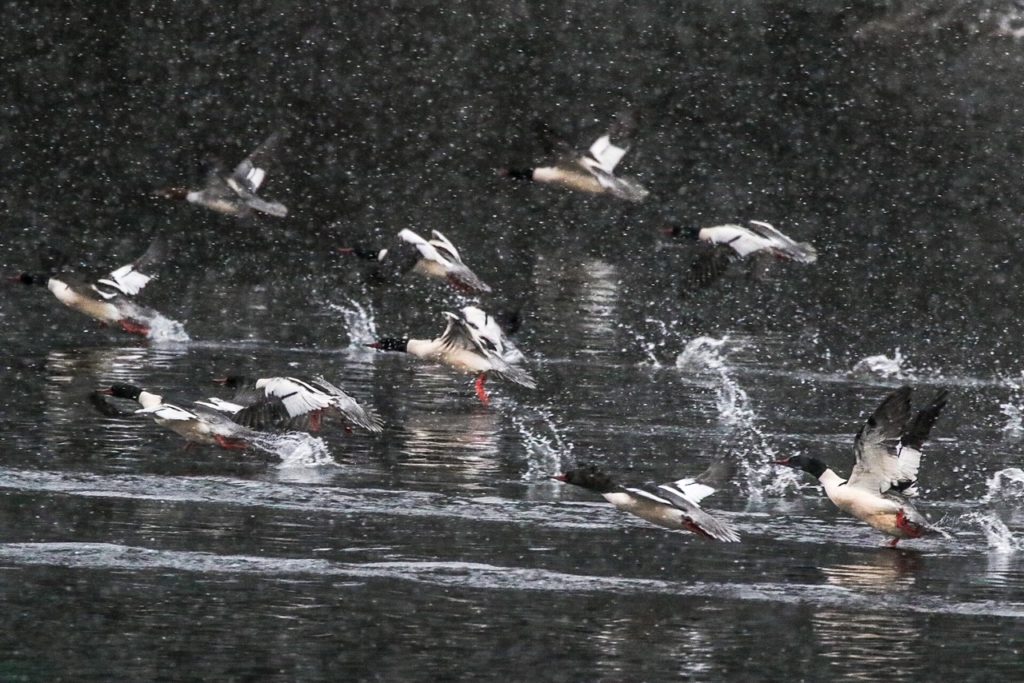
Other Ways to Get Involved
Also, the Audubon Society has regional chapters in every state. If you’re looking for a great place to volunteer or are interested in taking a birding field trip, search for a chapter close to you.
Field trips allow you to hang out with fellow bird nerds and learn from Master Birders.
Volunteer opportunities involve activities such as habitat restoration and gathering data to help prevent bird collisions.
Overall, birding is a great, inexpensive activity that will bring you joy, keep you active, and help you meet new friends. It also helps play a role in protecting various bird species and our planet. That, my friend, is a beautiful thing.
Photography
All photos in this post (apart from the phone applications) are my own and shot with either Canon Rebel T6i or Canon 7D. For more information on getting started with DSLR photography, check out my recent blog post here.


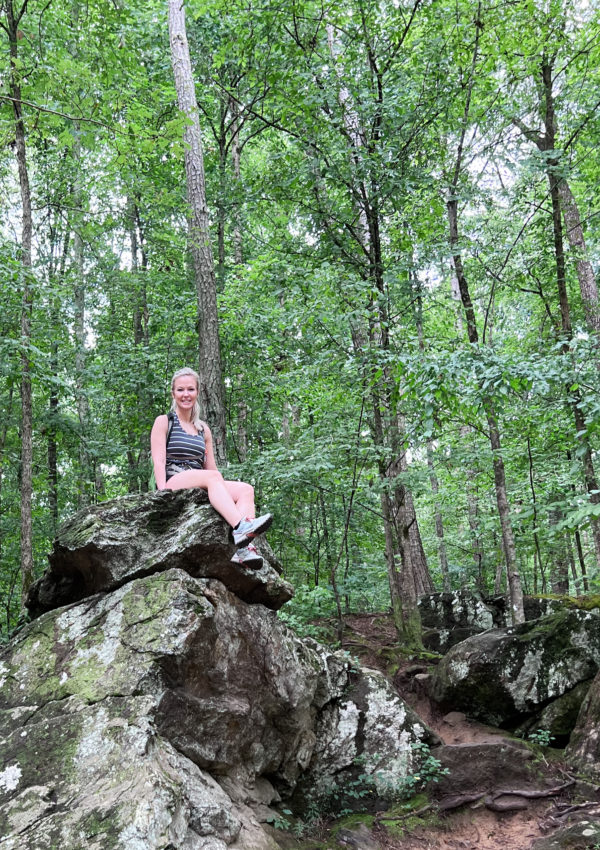



Leave a Reply